Who doesn't love a good, fun science fact? If you've got any we can add to our list, leave me a comment!
Human Body Facts for Kids
The human brain is over three times as big as the brains of other mammals of similar body size.
Your brain has around 100 billion nerve cells.
An adult human is thought to contain around 7 Octillion atoms!!
Your brain is more powerful, complex and clever than any computer ever built.
The strongest bone in the human body is the thigh bone!
Did you know that eating cheese at the end of a meal can help neutralise the acids in your mouth and reduce the chance of tooth decay?
Humans are made of more than 60% water.
An adult brain weighs three pounds.
Messages travel through the nervous system at an incredible speed of up to 120 metres per second!
99.9% of the DNA of each person is the same.
The human nose can detect about 10,000 different smells.
The brain cannot feel pain.
Did you know that the chance of your fingerprint being the same as someone else's fingerprint is 1 in 64 billion?
If you eat too many carrots, your skin will turn orange!
Did you know the technique of fingerprinting is known as dactyloscopy?
Animal Facts
The ears of an African Elephant can be 6 feet long!
Axolotls can regenerate limbs.
Naked Mole Rats can live for up to 30 years, making them the longest-living rodents.
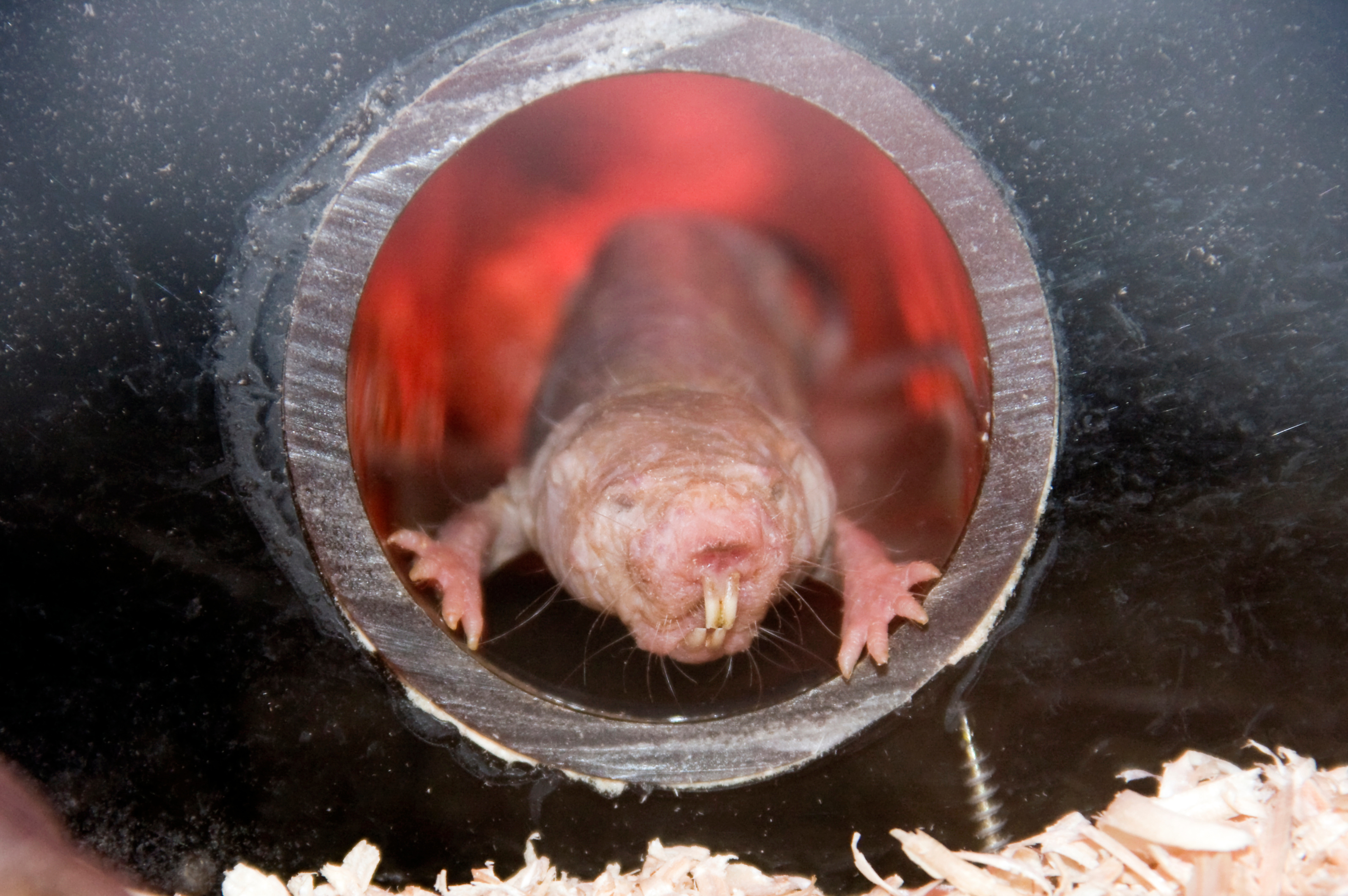
Naked Mole Rats have incisors that can move independently of each other, a bit like chopsticks.
A type of stick insect called Chan's Megastick can grow to over half a metre long!
Tarantulas shed their skin and replace their internal organs periodically.
A platypus is a mammal that lays eggs!
Pufferfish teeth grow continuously.
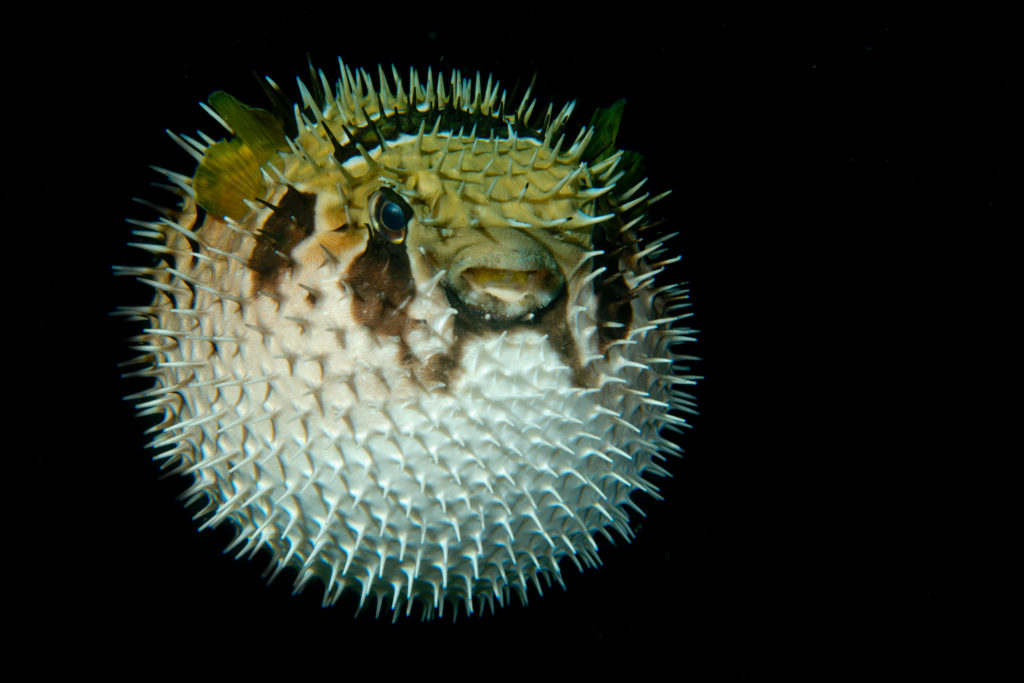
Only hummingbirds can fly backwards.
Sheep have rectangular pupils.
Grizzly bears can run up to 30 miles an hour!!
Scorpions can be found on every continent except Antarctica!
Polar bears have no natural enemies.
Komodo dragons can reach 3 metres long.
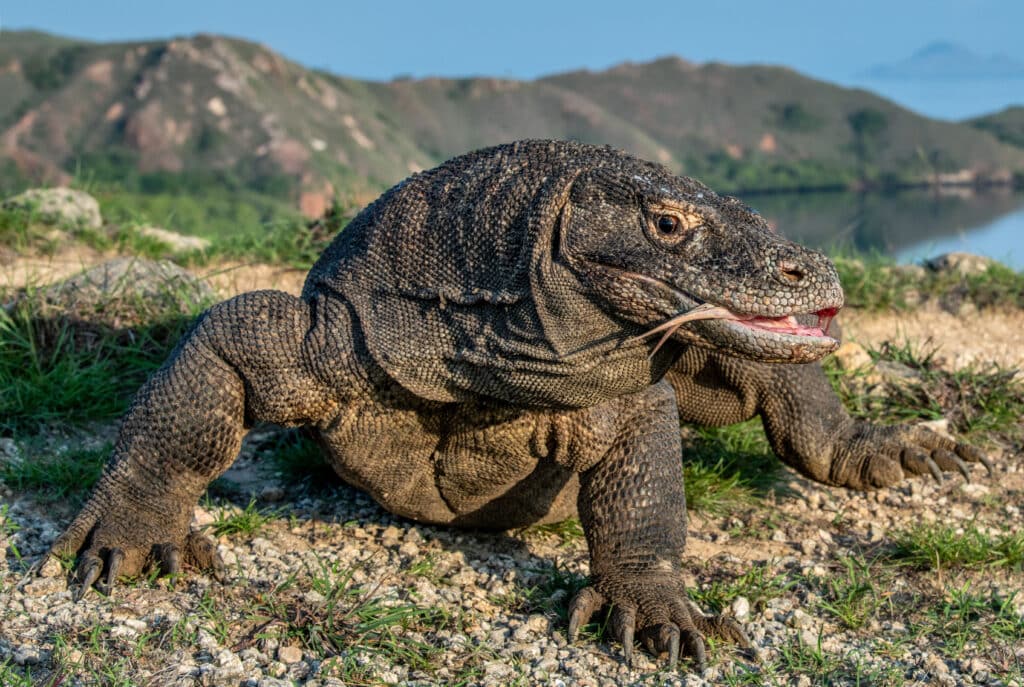
The Emu can reach up to 1.9m tall.
Did you know ladybirds are actually beetles?
Polar bears actually have black skin!
Did you know a small patch of soil, just 1 square metre in area, can hold a billion living things?
Lizards use their tongue to smell!
Some lizards can shed their tail when a predator is attacking them.
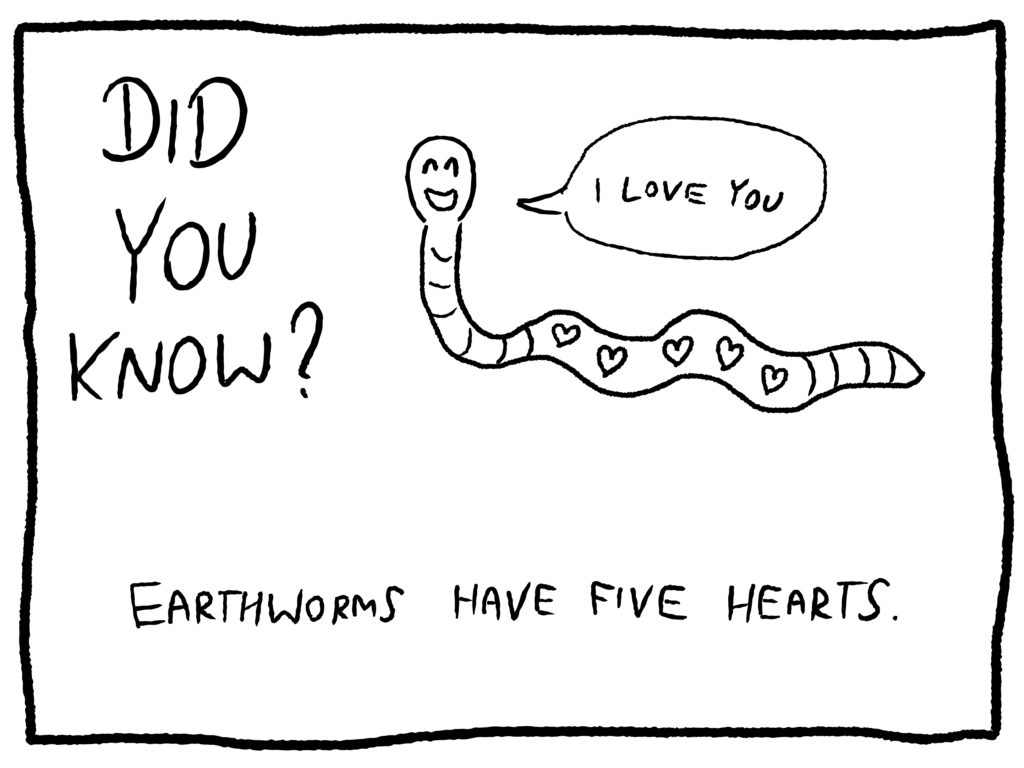
Fun Science Facts about Bones
Did you know the smallest bone in the body is the stirrup, deep inside the ear, which is about the size of a grain of rice?
Humans have 206 bones!
The human foot has 26 bones.
The human hand ( including the wrist ) has 54 bones!
The smallest, lightest bone of the human skeleton is the stapes found in the middle ear.
Earth Science Facts
One teaspoon of good soil can contain several hundred million bacteria!! Imagine that!
Oceans help spread heat from the Sun around the world.
The world's largest ocean is the Pacific Ocean.
The Arctic is not a continent, Antarctica is a continent.
The Earth is only almost a sphere! The poles are slightly flattened.
It takes 23 hours, 56 minutes and 4 seconds for the Earth to rotate once on its axis.
Facts about the Rainforests
The Amazon rainforest covers 7 million square kilometres ( 5% of the Earth's total land area ).
In the rainforest, there are only 2 seasons, the rainy season and the dry season. Even in the dry season, it rains almost every day.
Around one-quarter of the ingredients in modern medicines come from rainforest plants.
There are four major layers of the rainforest. Each differs and has unique characteristics because it receives different amounts of air, light, and water.
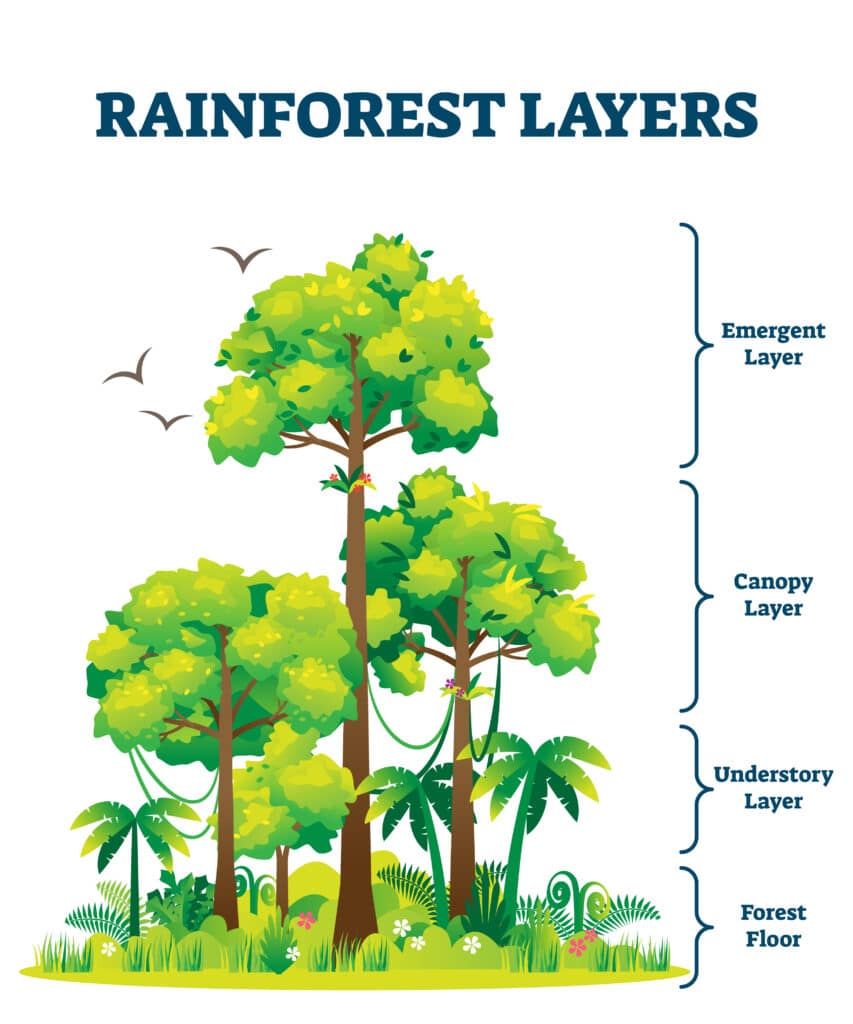
Trees in the rainforest can grow up to 60 metres tall.
Water Science Facts
Did you know water is the only natural substance to exist in three physical states at temperatures naturally occurring on Earth?
Water freezes faster when it's warm, not cold!
The average human body is made of 50 to 65 per cent water
There is more water in the atmosphere than in all of our rivers combined.
Facts about the Sun
The Sun has a diameter of 1.39 million km and is, on average, 149.6 million km from Earth.
If you flew to the Sun from the moon in a normal aeroplane, it would take about 20 years!
1 million Earths could fit inside the Sun! It's huge!!
The diameter of Jupiter is the same as 11 Earths!
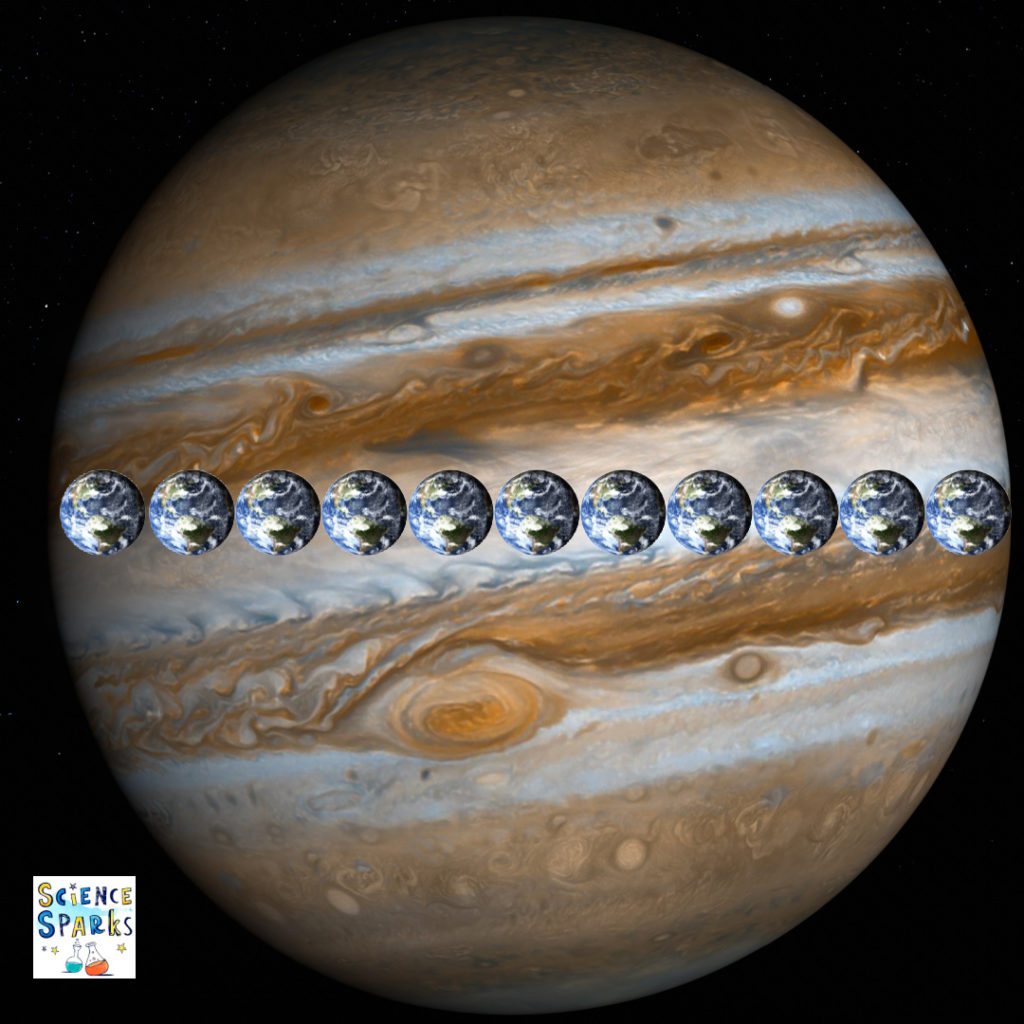
The Sun was formed from a huge cloud of dust and gas called a stellar nursery. The matter left over from the formation of the Sun formed the other planets and bodies in our solar system.
The Sun is a colossal ball of helium and hydrogen gas and is the heaviest body in our Solar System.
The immensely strong gravity of the Sun keeps objects in the solar system orbiting around it.
Some solar systems elsewhere in the universe have more than one Sun! Can you imagine a sky with 2 or 3 suns?
Our Sun is a yellow dwarf star.
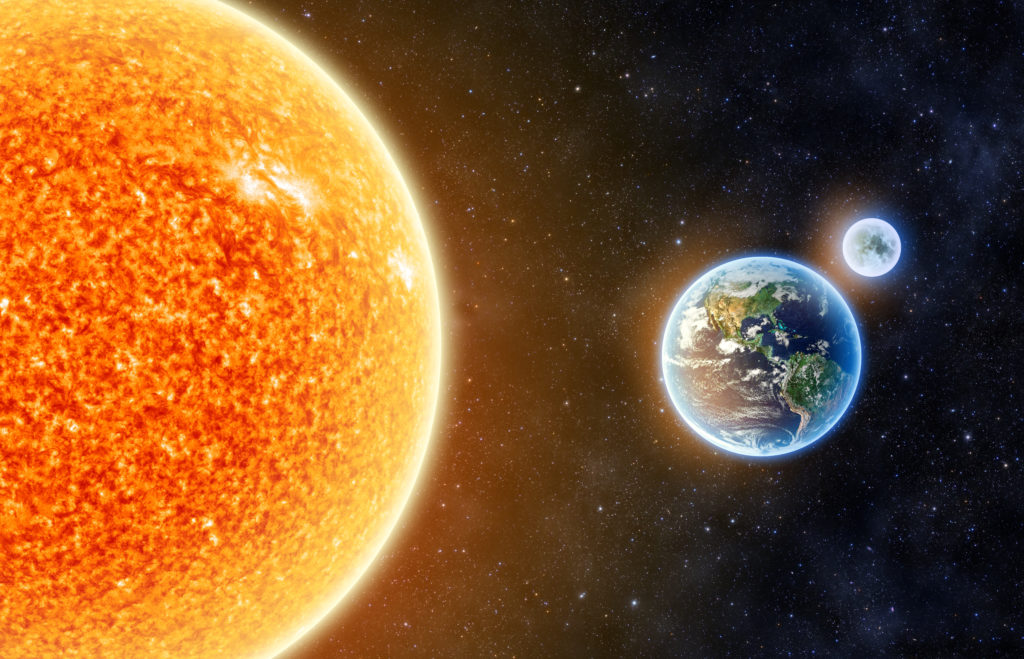
Facts about the Weather
The top speed of a raindrop is around 18 mph.
A moonbow is a rare nighttime rainbow!
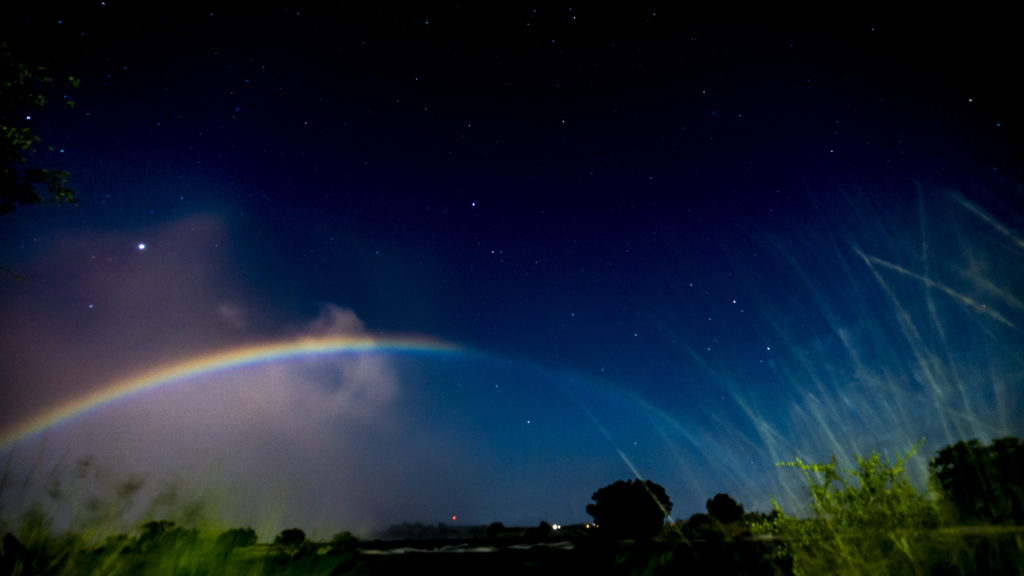
Snowflakes can take an hour to fall from a cloud to the ground.
You can use a pine cone to predict the weather.
The eye of a storm is the calm centre of a tropical storm.
A black blizzard is dirt and dust mixed with wind.
The Beaufort Scale is a 12-point scale that measures wind. 0 is completely calm, and 12 is a strong hurricane.
The Beaufort Scale was invented by Sir Francis Beaufort.
Our favourite science experiments for kids
Check out my HUGE list of FREE printable science experiments.
Discover some wonderful women in STEM, read about their work and try a science activity related to it!
Grow a beanstalk for Jack, a zip wire for Rapunzel and lots more Fairy Tale science investigations.
If you fancy trying a bit of creative engineering, you'll love our scribble-bots.
We've also got a list of experiments that would be great for a school science club, too.
